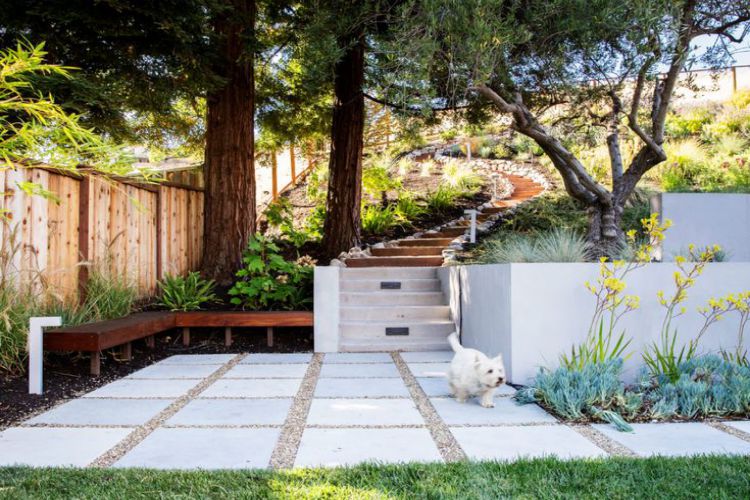 Anyone that owns property knows how frustrating it can be to deal with erosion. If you don’t address it, then over time, the entire yard will deteriorate until it is nothing more than a depleted dirt patch. Fortunately, there are some things you can do to avoid this issue and keep your yard healthy. Here are five ways to prevent erosion in your yard.
Anyone that owns property knows how frustrating it can be to deal with erosion. If you don’t address it, then over time, the entire yard will deteriorate until it is nothing more than a depleted dirt patch. Fortunately, there are some things you can do to avoid this issue and keep your yard healthy. Here are five ways to prevent erosion in your yard.
Table of Contents
Erosion control blanket
Installing an erosion control blanket is an excellent measure against elements that can carry soil away from your yard.
An erosion control blanket is exactly what it sounds like. It is a blanket woven with organic materials to help keep heavy rain and winds from reaching the soil. These are great for areas you can’t plant on or if the ground isn’t ready yet. They are loose enough to allow for ventilation and are easier to secure. They are also a fast solution if you have a problem that needs to be addressed immediately.
Mulch
Mulch is another type of ground covering that doesn’t involve any planting and is relatively easy to do quickly. It is also an attractive option that many homeowners use to make their outdoor space look clean and manicured and help increase the value of their homes.
There are a few different options when it comes to mulch. Organic and inorganic are available, and you might use both depending on how you want your yard to look.
Generally, organic mulch sits on top of flowerbeds and around the base of trees, while inorganic mulch is similar to a thin tarp or blanket. In any case, mulch helps protect the soil from losing nutrients and moisture or getting washed away through erosion.
Plant ground coverage
A more permanent solution to consistent erosion is to plant ground coverage. These can come in a few different forms, from a grassy yard to a lush garden. Ground coverage will also give the lawn a finished appearance.
Some low-ground coverage, like grass or creeping vines (like the jade plant), are perfect for keeping soil in place. Most plant life can help in this regard.
When plants send their roots out into the soil, it helps to establish a solid foundation for the dirt to cling to. Plants also return nutrients to the soil.
Place stones
Stones are a beautiful addition to any yard and help keep soil in place. They are also a great option if you live in a state where you don’t get enough moisture to justify planting a garden.
You can also combine stones with other tools like mulch. Placing a layer of inorganic mulch beneath stones can preserve the soil’s integrity and prevent unwanted weed growth.
Construct a retaining wall
Constructing a retaining wall is an excellent way to help level out slopes, keep soil in place, and help a yard look beautiful.
Retaining walls can serve a few different purposes. You can use it to create a tiered garden or protect a hilly landscape. It provides a flat surface for the rain and keeps soil from washing downhill. These are great solutions for areas that experience abundant rainfall and flash floods.
Summary
Erosion can be a devastating experience for anyone that owns a yard. Fortunately, these simple measures can help you avoid these headaches, develop practical solutions, and enjoy your outdoor space.






